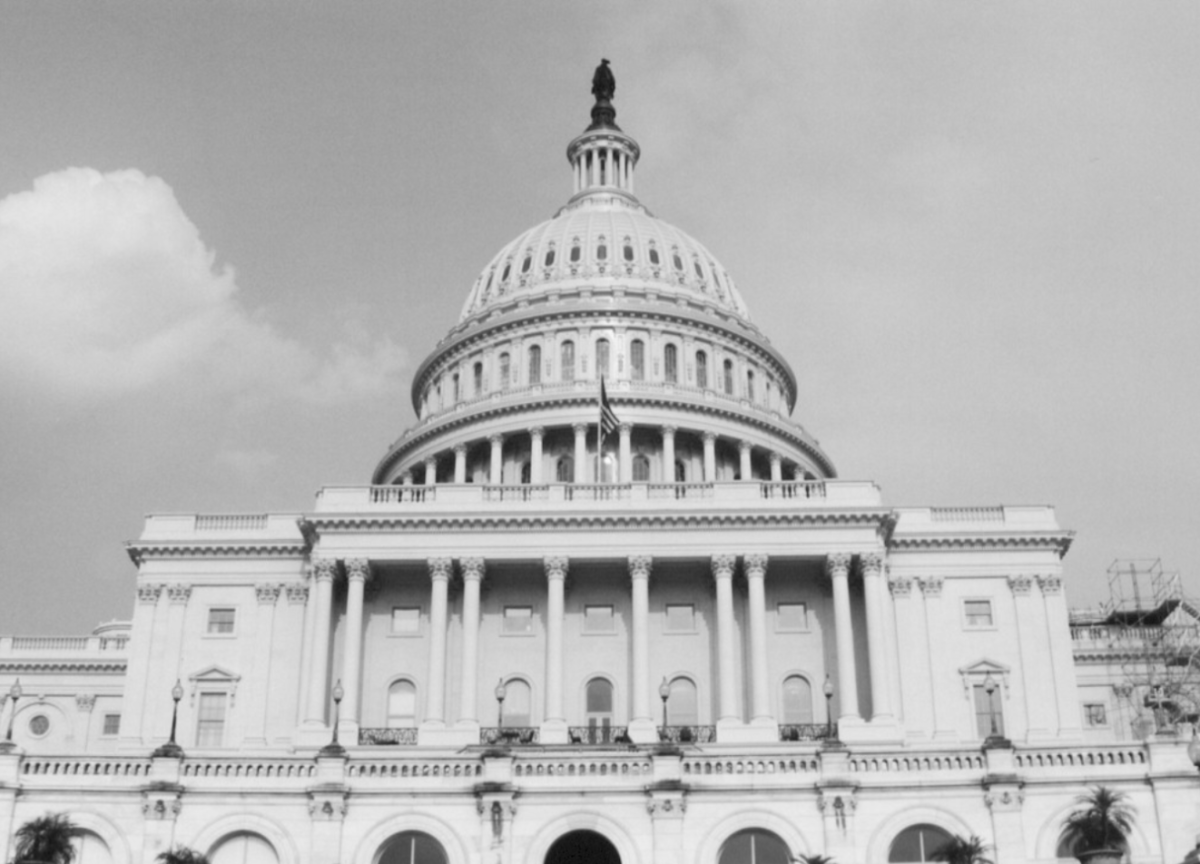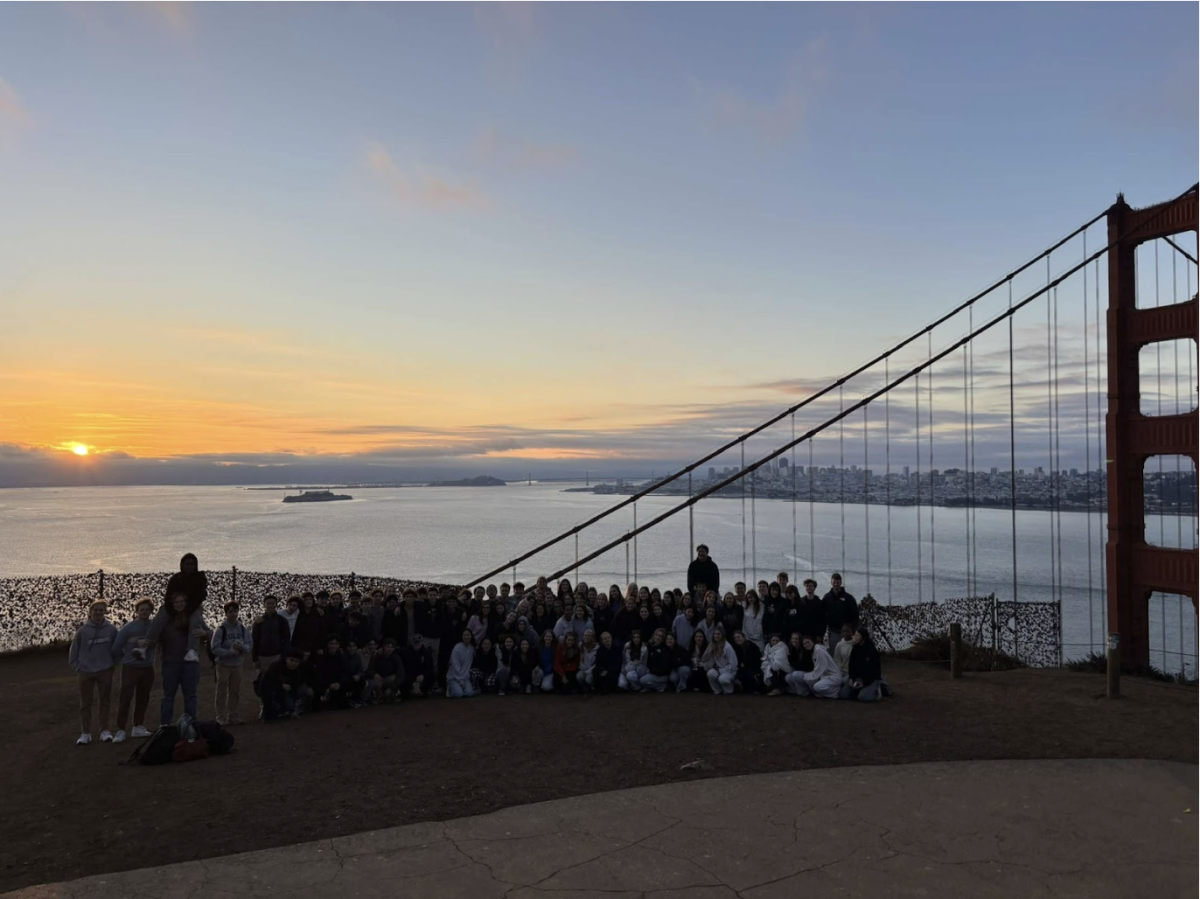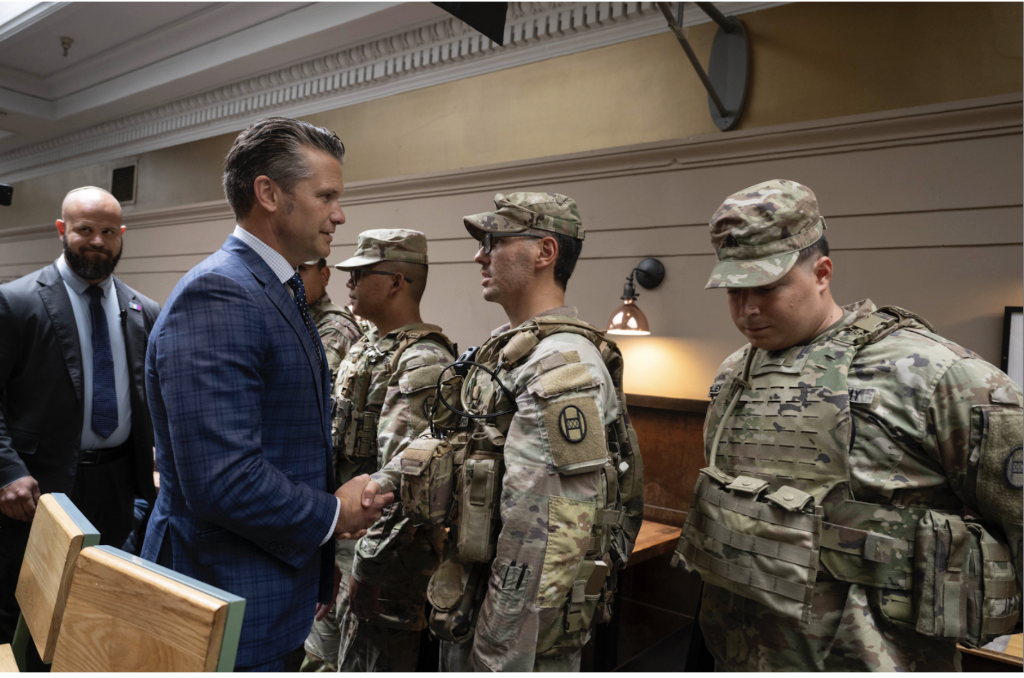The federal government officially shut down on Wednesday, Oct. 1, due to the fact that the government was inable to reach a deal on the allocation of government funding. Both Republican and Democratic Congress members are in disagreement and have been unable to pass a bill to fund government services for the upcoming year.
Currently, Congress is 60 votes short in the Senate for the passing of the spending bill. Democrats refuse to support the new spending bill proposed by the Republicans, unless they agree to continue funding for the Affordable Care Act, and undo cuts to Medicaid.
“I think that it’s really concerning to see such a divide between the two political parties,” senior Lila Pollak said. “Disagreements like this cause disruptions in the lives of regular citizens who have government jobs,”
During a government shutdown, the federal government has to stop the funding of all “non-essential” government services and programs until an official funding bill is approved and signed into law. Government agencies have to decide which employees they will suspend versus those who are essential for functioning during a government shutdown.
During shutdowns, “non-essential” workers are usually sent home without pay, but most of the time they receive back pay once the funding is restored. “Non-essential” workers include administrative staff, researchers, and employees at agencies like the Internal Revenue Service, Department of Education and the National Aeronautics and Space Administration. While other workers, such as military, Transportation Security Administration workers, border patrol, healthcare workers, and more, have to work without pay until the shutdown ends. Services that end up closed or suspended are national parks, visa/passport processing, and more. Services like Medicare and air travel will be slowed down and affected, but will still be running.
“Immediately, not much will happen if the government is shutdown, as many porgams have special funding programs,” global politics teacher Michael Buckley said. “However, the longer that the government is shut down, the more obvious the problems will be.”
The last time there was a government shutdown was Dec. 22, 2018. This was because Democrats did not support funding for the wall at the U.S.-Mexico border, and neither party could compromise on a funding deal. The shutdown affected many people, including federal agencies, federal courts and many people who worked for the government. The shutdown was resolved on Jan. 25, 2019, lasting 35 days, which is the longest shutdown in U.S. history.
“I am a bit scared about what could happen since I don’t remember the last time,” sophomore Leela Farrell said. “I am also concerned about how this will affect people I know, and if I’ll be affected by this.”
The government shutdown may cause many other events and services to be put on hold, including San Francisco’s Fleet Week. The event would not be canceled completely; however, the U.S. Navy and Marine Corps would not be able to participate.
“I think it’s upsetting that a government shutdown would cause so many issues across the country,” Pollak said. “Especially in San Francisco, this could greatly affect a beloved annual event.”





















